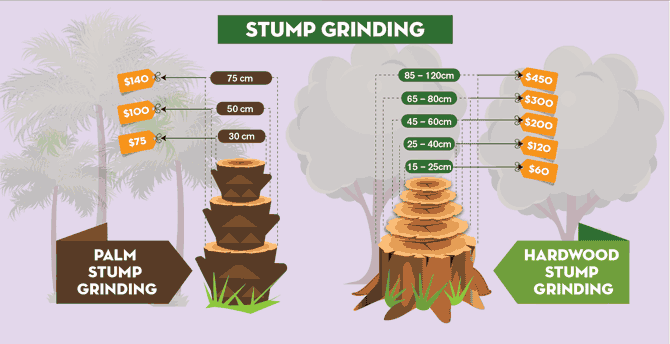Post-Tree Removal Maintenance: Efficient Techniques For Landscape Remediation
Post-Tree Removal Maintenance: Efficient Techniques For Landscape Remediation
Blog Article
Uploaded By-Langley McKinnon
After a tree's elimination, your landscape might look fairly different, and it's necessary to assess the aftermath very carefully. You'll wish to assess the soil disturbance and inspect surrounding plants for any type of signs of stress. Disregarding these variables can result in larger problems down the line. So, what should you make with those stumps and origins? And just how do you pick the very best plants for your revitalized space? Allow's check out these crucial actions.
Assessing the Consequences: Evaluating Your Landscape
After a tree removal, it's critical to evaluate your landscape to comprehend the impact it carries your backyard.
Beginning by analyzing the area where the tree stood. Try to find indicators of soil disruption, and check the surrounding plants for any kind of stress and anxiety or damages.
You ought to additionally make note of exactly how the removal has changed sunlight exposure and airflow in your yard. This shift can influence the growth of close-by plants, so it's vital to review their health.
Think about the aesthetic aspects too; the removal could produce an open space that you can revamp.
Finally, think of any possible erosion concerns that might emerge from the tree's lack. Addressing these elements early will aid recover balance to your landscape.
Dealing With Stumps and Roots: Alternatives for Removal
As soon as you have actually examined the consequences of the tree removal, you'll likely require to tackle the stump and origins left behind.
You have a couple of alternatives for removal. One efficient technique is stump grinding, where an expert makes use of an equipment to grind the stump to below ground level. This technique leaves marginal disruption to your landscape.
If you like a DIY method, you can make use of a mix of digging and chemical stump eliminators. Simply remember, this process can take some time and effort.
Additionally, think about leaving the stump as an all-natural function, which can act as a special garden element or environment for wild animals.
Whatever you pick, addressing the stump and roots is necessary for restoring your landscape.
Picking the Right Plant Kingdoms for Your New Area
As you evaluate your newly gotten rid of area, selecting the right plants can significantly enhance your landscape's appeal and functionality.
Start by taking into consideration the sunlight and soil conditions. For warm locations, opt for drought-resistant plants like lavender or succulents. In shaded areas, ferns and hostas grow well.
Think about the size and development habits of your plants; mix perennials and annuals for seasonal variety. Do not neglect to integrate native types; they need less upkeep and support local wildlife.
Group plants in odd numbers for an extra all-natural appearance and produce layers for visual depth.
Ultimately, ensure you have a mix of colors and appearances to maintain your landscape dynamic throughout the seasons.
Tree Trimming Jobs Near Me growing!
Conclusion
In conclusion, recovering your landscape after tree elimination is a fulfilling procedure. By assessing the after-effects, resolving stumps and origins, and choosing the right plants, you'll develop a flourishing environment. Don't fail to remember to integrate disintegration control steps to protect your soil. With https://edgarupkey.blog2freedom.com/35283504/a-well-executed-tree-pruning-can-boost-your-landscape-s-appeal-and-wellness-however-what-specific-advantages-can-you-anticipate-from-this-crucial-practice and treatment, you can change your space right into a dynamic yard that enhances your residential property. Welcome the possibility to renew your landscape and appreciate the appeal of nature right in your backyard!
